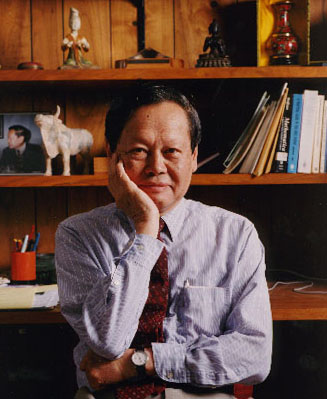Undergraduate Physics
Program Director: Dominik Schneble (email: UGPD_PHYAST@stonybrook.edu)
The main reason to major in physics or to take physics courses is that it teaches you how to think. You may wish to apply this ability in many different directions--from research in physics to applied work in geology, medicine, biochemistry, engineering or many other fields, or to teaching in high school. A good way to explore a direction of your choice is to do research. Recent undergraduates have done research in physics, biology, physiology, neurobiology and geology. Another way to find a direction which fits you is through a minor or second major. Recent double majors with physics have included astronomy, mathematics, applied mathematics, computer science and biomedical engineering. Major and Minor Requirements for Physics (link to UG bulletin)
Sample Course Sequence for the Major in Physics (link to UG bulletin)
Most students take their first physics course in one of the following introductory sequences.
Introductory Sequences in Physics
Physics for Scientists and Engineers
We offer three sequences of Physics for Scientists and Engineers depending on the level at which the student enters the sequence. The basic sequence is PHY131-PHY132 which teaches all of classical physics in two semesters. The pace of this course is very fast, matching the abilities of students who have taken advanced placement classes in high school. For students who feel this pace is too fast (perhaps because they obtain a poor grade on the first midterm exam), there is a three-semester sequence, which teaches the same topics covered in PHY131-PHY132, but in three semesters: PHY125-PHY126-PHY127. Students who obtain a poor score on the first midterm in PHY131 can drop-down into PHY125 just after the first midterm in PHY131.
We also offer an online version of PHY131. All the tests must be taken in a classroom, but the lecture and recitation are totally online, including clicker questions.
In the studio version of PHY131-132 lecture, recitation and lab are all combined in one room with flexible boundaries in time--and in a relatively small class setting.
The honors version of PHY131-132 is called PHY141-142. It goes at the same speed as 131-132 but covers its topics in more depth.
The PHY133-PHY134 labs follow the PHY131-PHY132 sequence of topics.Physics for the Life SciencesWe offer a two-semester Physics for the Life Sciences sequence requiring some use of calculus and covering all of classical and modern physics. This sequence is currently accepted for all life-science applications including medical school.
We offer this course in a tradtional large lecture format, as an online course and a studio version. In the studio version of PHY121-122 lecture, recitation and lab are all combined in one room with flexible boundaries in time--and in a relatively small class setting.
Physics for Environmental Sciences
We offer Physics for Environmental Sciences PHY119 as a one semester course sampling the most important parts all of physics, as seen from the perspective of an enviromental scientist.

